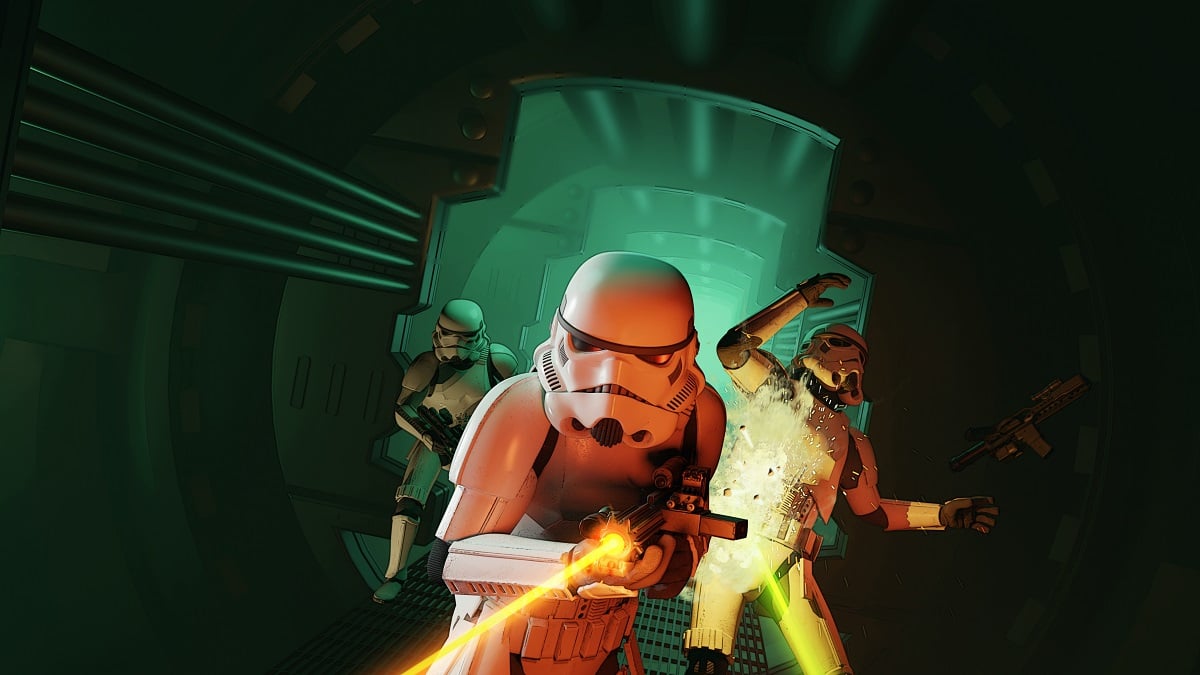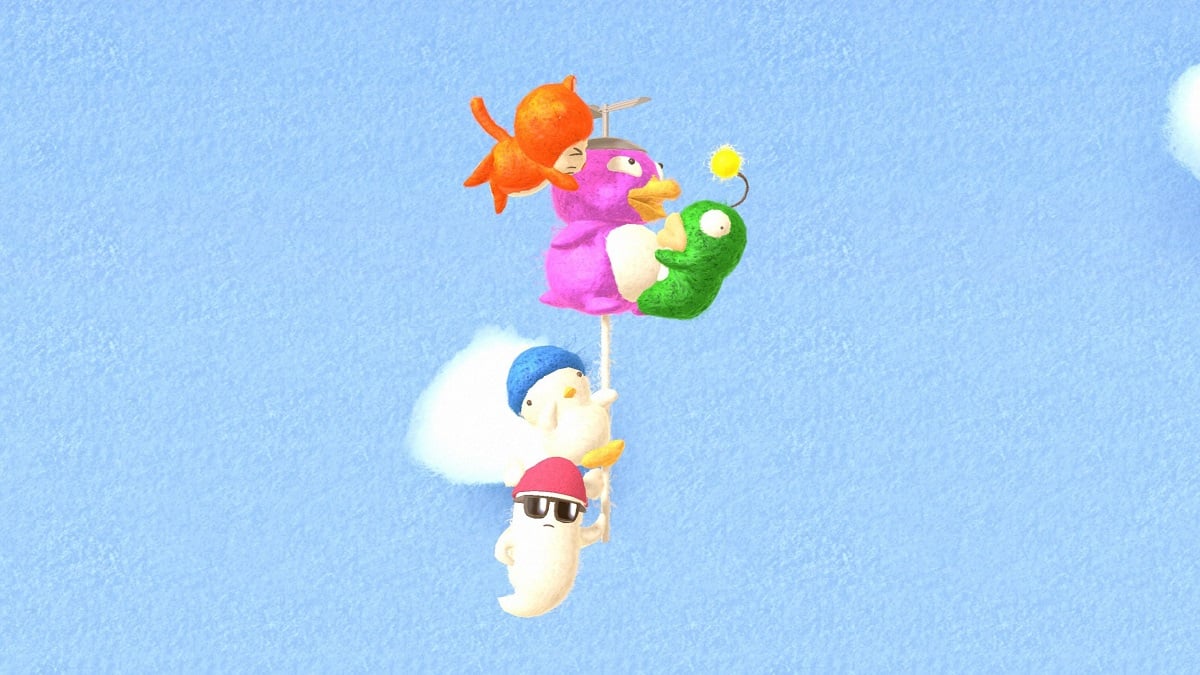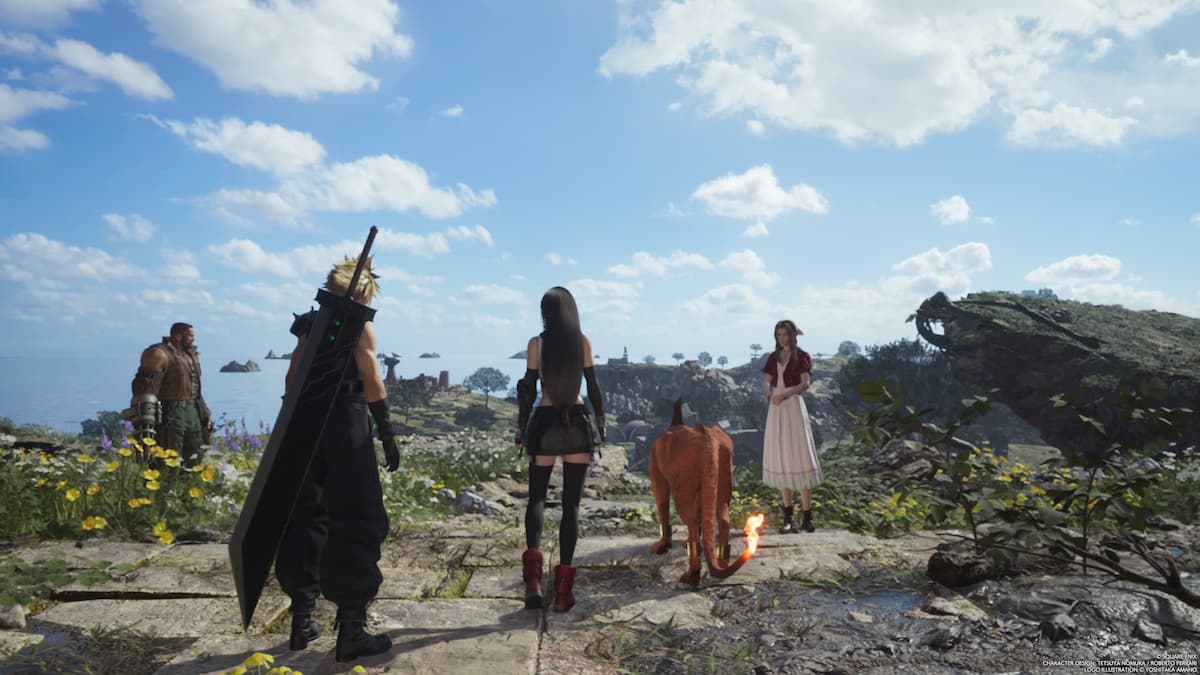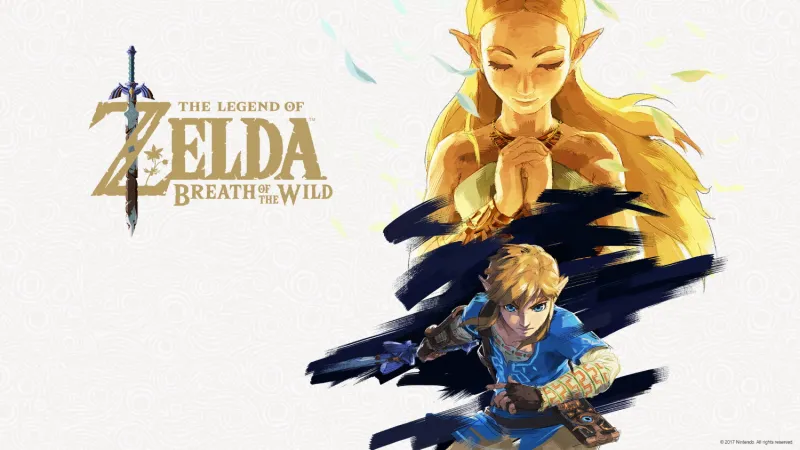
When The Legend of Zelda: Breath of the Wild released alongside the Nintendo Switch in 2017, I was apprehensive to say the least. I enjoyed what I played at E3 2016, and adored the art style, but the myriad ways in which the game took my favorite series and turned it on its head had me worried I’d be left with a shadow of what made me fall in love with it in the first place. Once I finally got the finished game in my hands, it clicked almost immediately for me, and all my fears fell by the wayside.
Fast-forward 65 hours of playtime, and The Legend of Zelda: Breath of the Wild did what I once thought impossible: It dethroned Ocarina of Time as my favorite game. However, due to the puzzling lack of multiple save files, I never replayed Breath of the Wild. Sure, I could create a second account on my Switch, but I wanted to keep my Switch profile accurate with my most-played titles. With the sequel to Breath of the Wild looming, I decided it was now or never, so I created a new save file, erasing my first playthrough that cemented it as my favorite game, and embarked on a journey to challenge the strong opinions I formed more than four years ago.
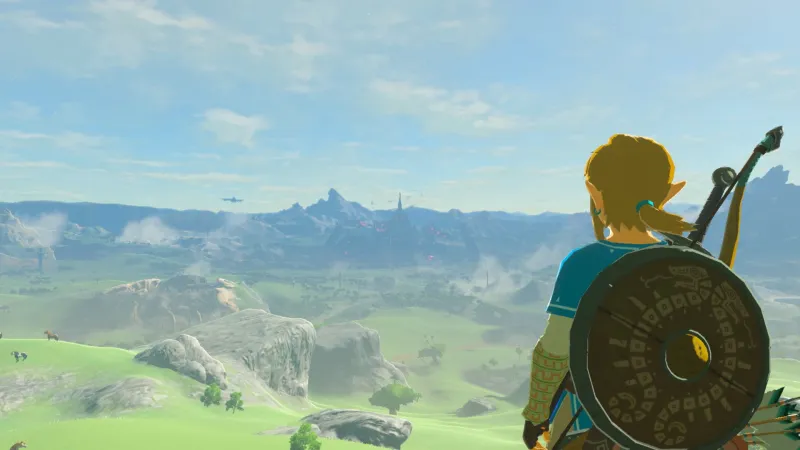
A new journey to familiar locales
As excited as I was to start a new file for Breath of the Wild, I will admit I was nervous. Was my reaction to it the first time around some kind of knee-jerk hyperbole? Would the game not live up to the impossibly high bar I’ve set for it in the years since its release? Have I just built it up as “my favorite game of all time” for so long that my memory of it well exceeds the actual product that exists? While I’m not through with my journey, I’m beyond pleased to report that I’m just as in love with Breath of the Wild in 2021 as I was in 2017.
Before starting this time, I reflected on what I liked most about the game. I’ve often pointed towards the sense of wonder Link’s latest adventure instilled in me as one of the key reasons I consider it my favorite; I figured that with the ongoing evolution of open worlds, nothing would ever give me the feeling Ocarina of Time was able to deliver in the nascent years of 3D gaming. With Breath of the Wild, every corner presents a surprise, and every explorative expedition rewards you with the unexpected.
There are certain pieces of entertainment I desire to experience again for the first time – Breaking Bad, The Who’s Quadrophenia, Black Mirror’s “San Junipero” episode to name a few – but none of them top my desire to be able to play Breath of the Wild again for the first time. While I’ve often wished for some kind of Second Quest-style mode where the game plays out largely the same, but Hyrule is completely rearranged for a renewed sense of discovery, it turns out that giving yourself four years between playthroughs lets you trick yourself into that very situation. I clearly remember specific parts of Hyrule from my first play, like the nightmare of stumbling upon a Guardian for the first time or the challenge a few of the towers present, but I’ve found myself more often than not staring at a tall cliffside and wondering what’s at the top. Therein lies the magic that has sustained my love for Breath of the Wild for four years, and I’m ecstatic it still registers on a second playthrough.
Click here to watch embedded media
Beauty at every turn
While all it takes is a glimpse at a screenshot to instantly remember how relentlessly gorgeous Hyrule is in Breath of the Wild, I’m appreciating it even more this time. For example, last night, I sat in the middle of a field and watched as a storm rolled in from the distance. Everything about it was perfect, from the way the light was obstructed by the storm clouds to the pillars of falling rain within my view. That’s just one example of the sheer beauty of this world. Hyrule is full of beautifully unforgettable moments, whether you’re talking about the moments of quiet exploration complemented by piano flourishes or the jaw-dropping encounters with one of the dragons.
Of course, it’s way more than the exploration and the beauty of the world that creates a unique and special experience. The Legend of Zelda: Breath of the Wild is truly greater than the sum of its parts, and isolating any individual component is insufficient when painting a picture of the game’s greatness. Every piece works together in concert; without the Shrines to reward players, the exploration could very well fall flat. If there were no random encounters, what incentive would players have to complete the Shrines and explore to steadily level Link and his inventory? And if the Shrines weren’t fun, rewarding, and effective at giving you short, brain-stretching puzzles to break up the runs of combat and wandering, none of this would matter in the first place.
Breath of the Wild works because every piece is essential – yes, even the breakable weapons. I typically don’t like weapon durability in games, particularly ones that give you weapons as rewards for exploration and completing milestone moments in the story. Breath of the Wild does both of those things, but it works as it pushes you to continue scouring and scrounging so you can replace the things you’ve lost. Every battle must be approached with tact in both how you engage and what you use; you’d hate to waste precious durability on a high-powered sword if you don’t have to. That puzzle of how to engage in combat, what to use, and how to find replacements is essential to the Breath of the Wild experience.
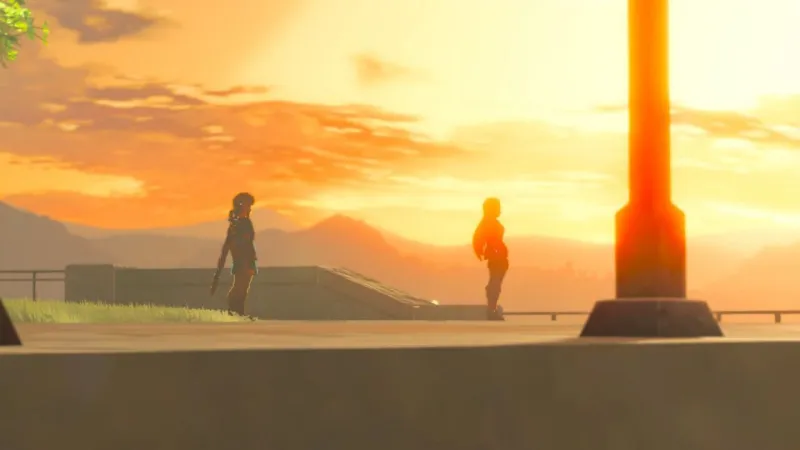
With Breath of the Wild, the journey is certainly more important than the destination, but the whole experience builds to the final confrontation with Ganon. Every aspect of the game is training, leveling, and preparing you for your ultimate challenge, and the climactic battle is worth the wait. I’m taking this playthrough slow, enjoying every little moment along the way, so I haven’t had the tense experience of storming Hyrule Castle en route to facing the most grotesque version of Ganon we’ve ever seen, but I know he’s looming. You see him haunting Hyrule Castle every time you ascend a tower and get the lay of the land, an ever-present reminder of what you’re fighting for and the power you’re up against. But as my former colleague Kyle Hilliard wrote in his review, “When I finally decided I was ready to face Ganon, it felt like the culmination of a lifetime of preparation that ended with a hugely satisfying finale.” I’m avoiding that finale for now, but make no mistake, I’m certainly preparing for it every time I turn on my Switch.
Now that I’m well on my way to restoring the Divine Beasts and slaying Ganon, I’m looking ahead to the announced sequel to Breath of the Wild. I have history of not playing direct sequels to my favorite games of all time; I’ve never played Majora’s Mask or Final Fantasy X-2 for more than a couple hours each, primarily thanks to how different they both are from their predecessors. As nervous as I am about the potential of the sequel abandoning key elements that caused me to fall in love with Breath of the Wild in the first place, I’m trying to keep an open mind as Nintendo begins announcing just what this sequel actually is; after all, it wasn’t long ago I was concerned by how different Breath of the Wild is from the games that preceded it. I can’t wait to see what director Hidemaro Fujibayashi and the rest of the team behind the Breath of the Wild sequel can do to surprise me this time around.
